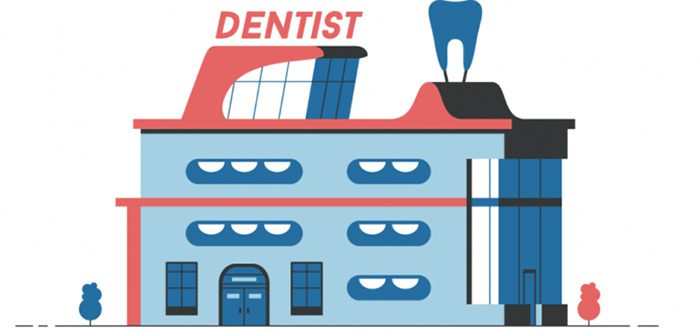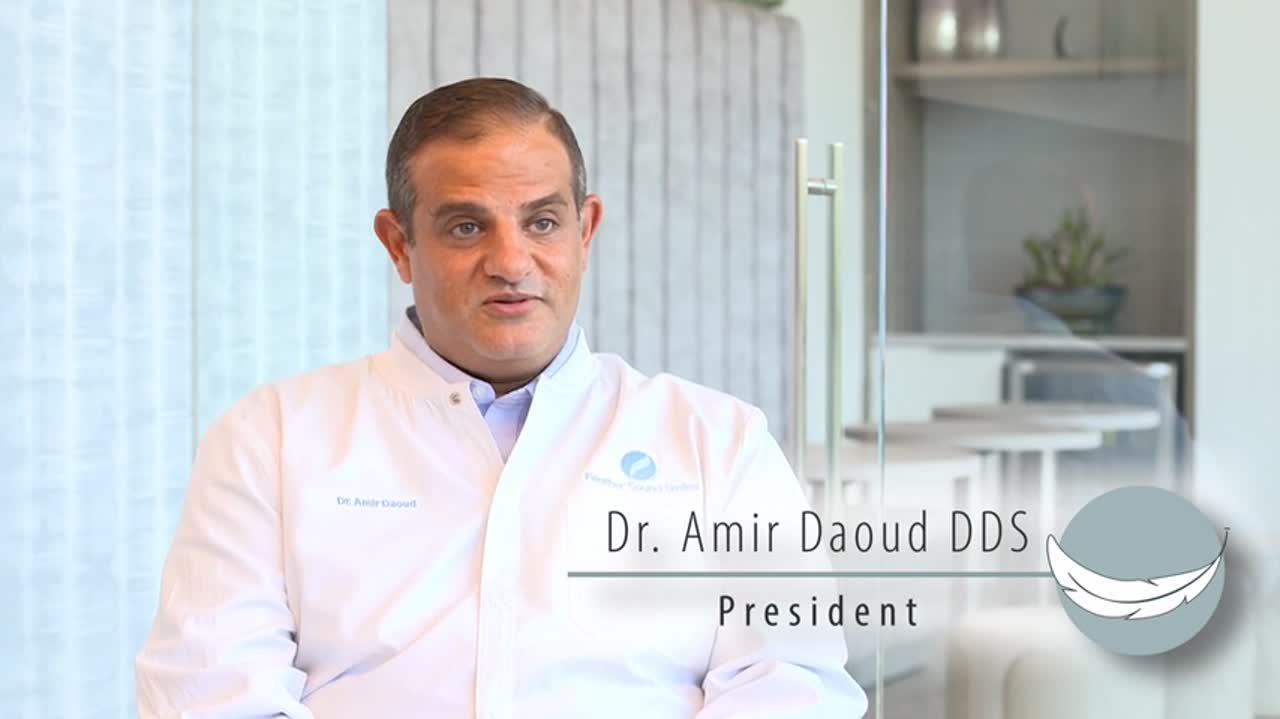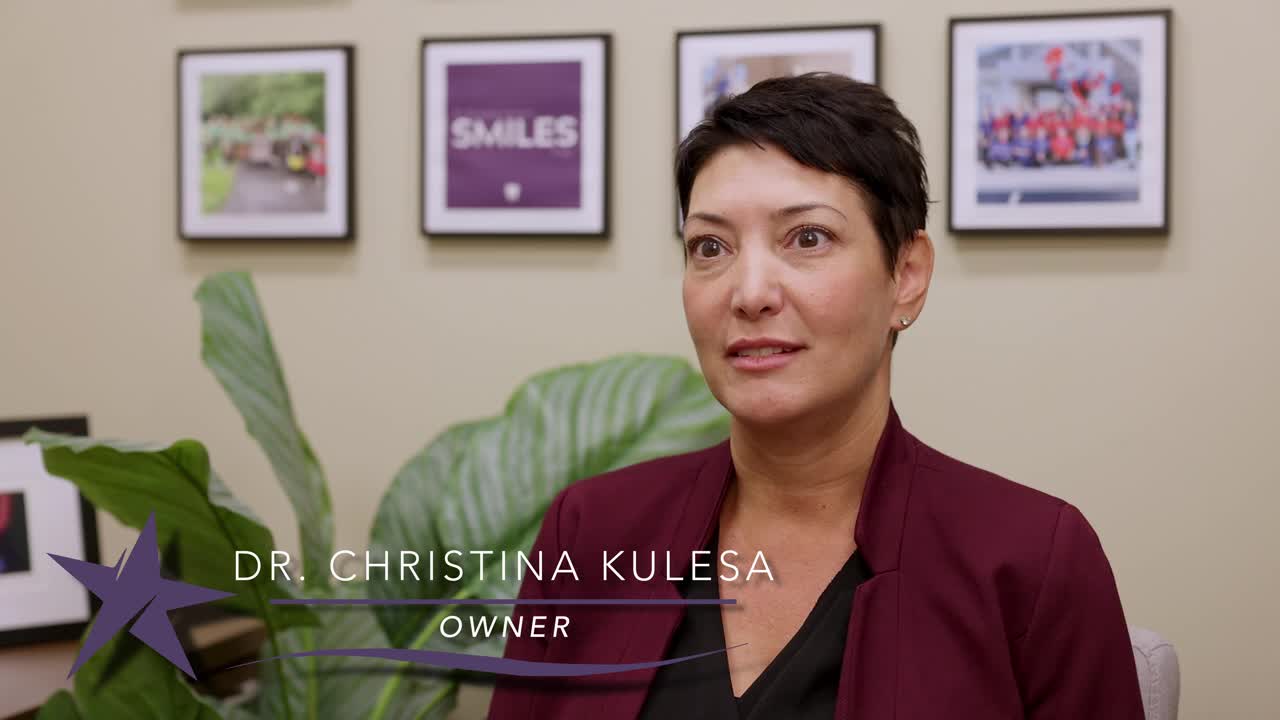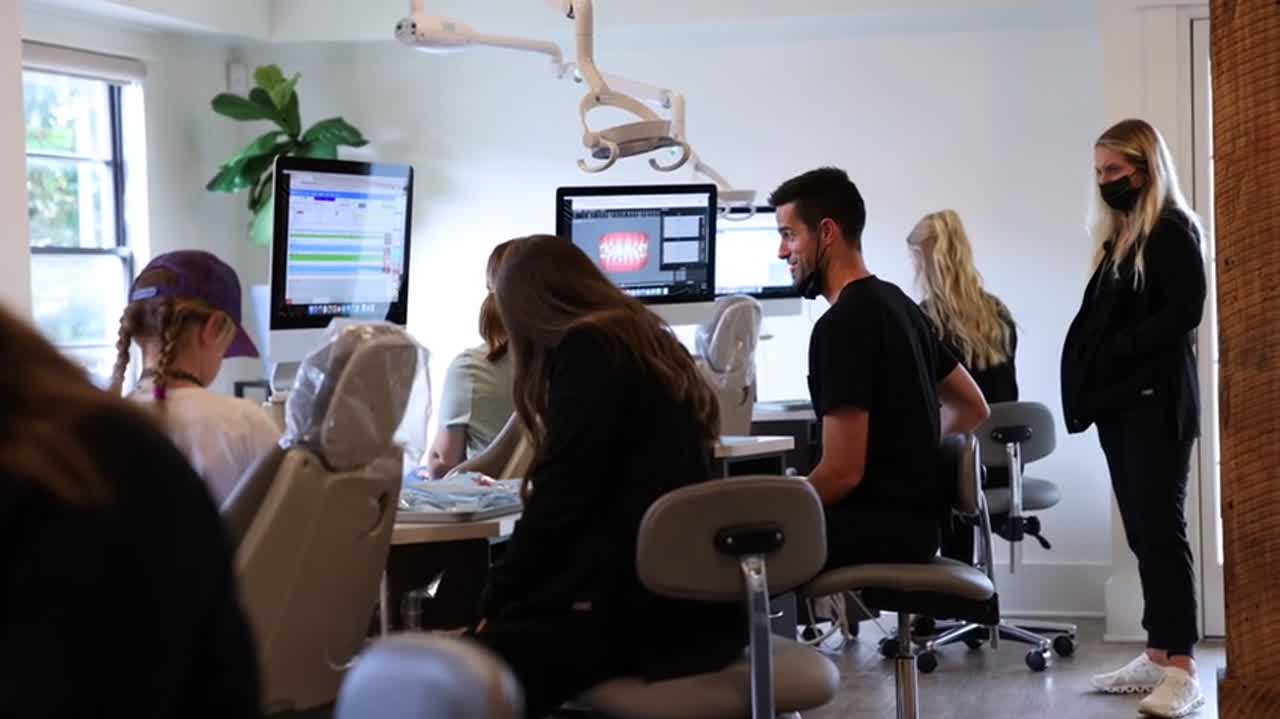As we’re all gearing up for the holidays, now is also a really good time to take a long, hard look at your books to make sure that you’re in good shape when it comes to minimizing your tax burden for 2019. As always when it comes to important financial matters, be sure to consult a Certified Public Accountant (CPA) or other qualified tax professional before filing your taxes.
Looking Ahead
Tax laws are written and enacted by Congress, so there’s always an element of politics involved when it comes to understanding and predicting a course of action when it comes to taxes. Currently, there’s a Republican President, a Republican-controlled Senate, and a Democrat-controlled House of Representatives in power. With this balance between the two parties, it is extremely unlikely that any major new tax laws will be passed before January 2021 when the current presidential term comes to an end.
The most important consideration for dentists right now is the Tax Cuts and Jobs Act of 2017 which considerably lowered the marginal tax rates for most businesses and individuals. And while no one can predict the future, it is highly unlikely that tax rates will go down in the near future, but they may go up, especially if there is a change in administration or party control in Congress in the year 2021.
Therefore, it’s safe to assume that the current tax rates will remain unchanged until at least 2021 which should give dentists a lot of confidence when it comes to tax planning for both this year (2019) and next year (2020).
Federal Marginal Tax Rates
Your CPA, of course, is your go-to expert on taxes, but it’s always worth taking a moment to refresh yourself on basic tax terminology.
The United States has what is known as a progressive tax policy which means that you progressively pay more tax (in terms of percentage) as you earn more income. The marginal tax rate is often referred to as tax “brackets” because certain income amounts (the “brackets”) are taxed at different rates.
For 2019, this is where they stand for a married couple which jointly files their taxes:
- 10% – $0 to $19,050
- 12% – $19,051 to $77,400
- 22% – $77,401 to $165,000
- 24% – $165,001 to $315,000
- 32% tax rate – $315,001 to $400,000
- 35% tax rate – $400,001 to $600,000
- 37% tax rate – $600,001 and above
Add up all of your income and then subtract any adjustments (such as self-employment health insurance, retirement plans, etc.,) to get your adjusted gross income. Your adjusted gross income minus any deductions (see below) is your taxable income. Taxes are then calculated based on the marginal rates listed above.
Therefore, if you earned $50,000 this year, the first $19,050 would be taxed at 10 percent ($1,905) while the remainder ($30,950) would be taxed at 12 percent ($3,714) for a total tax payment of $5,619 (otherwise known as the effective tax rate which, in this case, would be 11.2 percent).
Capital Gains Taxes
Just as the 2017 Tax Cuts and Jobs Act reduced federal income taxes, capital gains taxes are also at a historic low. Capital gains taxes are applied to income generated from the sale of an asset, whether that’s stocks, bonds, mutual funds, securities or real estate.
Here’s where capital gains taxes stand as of 2019:
- 0% – up to $78,750
- 15% – up to $488,850
- 20% – over $488,850
Accounting for capital gains taxes when determining your overall tax liability is an important consideration especially for dentists who are perhaps nearing the end of their careers and/or are thinking of selling their practice.
Deductions and Exemptions: Tax Strategies for Dentists
For dentists, the name of the game is balancing your expenditures and deductions to minimize your overall tax liability.
Child Tax Credit – This has now been raised to $2,000 for every child under 17 who lives with you and is classified as your dependent. Unlike a deduction, a credit is a straight-line reduction in the amount of taxes that you pay. Therefore, if your total tax bill comes to $5,000, and you have one child, your tax bill will be reduced by $2,000. There is also a Child Tax Credit of $500 for non-child dependents (such as an elderly relative, etc.) who live with you.
SALT Taxes – Currently, nine states do not tax income, but all 50 states do charge real estate taxes. Collectively, these are known as State and Local Taxes (SALT). Due to the 2017 tax act, individualized deductions only come into play if they total more than $10,000, which means that it’s no longer advisable to prepay SALT taxes except in certain, rare cases.
Vehicle Deductions – If you buy/bought a car, SVU, or truck in 2019 with a Gross Vehicle Weight (GWT) of 6,000 pounds or more, you can deduct part or all of this expense if the vehicle is used for your business. Consult a CPA for specifics, but unless you leave the vehicle at the office and never employ it for personal use, you can only deduct a percentage of the purchase cost of the vehicle. Uses such as visiting suppliers, laboratories, or patients are deductible, but driving to and from work and home is not deductible.
Deferred Billing – As many dentists deal with cash payments, there is a temptation to take the last few weeks of income and “sit on it” until the new year, thus minimizing your taxable income for the current year. This practice is most definitely illegal. What is perfectly legal, however, is deferring the issuing of billing statements. Instead of sending out billing on the 15th of December as you might normally do, you can send it your bills on, say, the 27th of December, thus delaying most of that income until after the first of the year.
Prepaying Expenses – Another great way to reduce your tax liability for the current year is to prepay some of next year’s business expenses before December 31st of this year. This could be things such as prepaying January’s rent, prepaying your CPA ahead of next year’s tax filing, prepaying your suppliers, prepaying your laboratory, et cetera.
Equipment Purchases and Facility Upgrades – Another way to minimize your taxable income is by buying equipment or making upgrades to your existing practice (such as adding on a new wing of your building, etc.) Keep in mind that, unlike the deductible expenses listed in the paragraph above, equipment purchases and business upgrades only become deductible when they become “placed in service.” This means that you can’t order an expensive new X-ray machine or 50 new computers for your office and claim these as a deduction until they’re actually installed and up and running.
Meals and Entertainment – For 2019, entertainment expenses are no longer deductible, which means you can no longer write off taking your suppliers to a football game or boxing match. You can, however, write off 50 percent of meal expenses such as taking your suppliers out to dinner. If you’ve previously lumped the two together under “entertainment,” be sure to separate what can reasonably be classified as a meal and what is pure entertainment.
Hiring Your Children – Federal law lets you write off up to $12,200 in expenses paid to your children. This could be work they did over the summer, work that they did at home on your behalf (such as mailing out appointment reminders), or consulting work such as managing your social media accounts. As minors do not pay taxes, paying your kids is a great way to both reduce your tax liability as well as finance things such as a college savings fund.
Keep in mind that there are special requirements for dental practices that are classified as S-corporations. Consult your tax expert for more information, but S-corporations must be able to claim a “sufficient basis” for every business deduction. There are no such restrictions on sole proprietor ships or limited liability corporations.
Charitable Deductions – Charitable giving is a highly intimate act, but for tax purposes, it may make more sense to make one lump payment in a given calendar year rather than making a multi-year commitment for the same total amount. If you are considering making a multi-year charitable giving commitment, be sure to consult with your tax advisor first.
Retirement Plans – Funding a retirement plan is also a great way to reduce your tax exposure. While the window has already closed for opening a new IRA in 2019, it is still not too late to set up a 401(k) profit-sharing plan which can be set up any time before December 31st. For 2019, the maximum individual funding limit is $19,000.
The Section 199a 20 Percent “Pass Through” Deduction
For many dentists, section 199A of the current tax code is of supreme interest. This allows a deduction of 20 percent of qualified business income if that income passes through a sole proprietorship business, C-corporation, trust, or estate. This is a very complex piece of law, so be sure to consult a qualified tax professional before claiming this deduction, but nearly every dental practice should be able to qualify for it.
There are also certain limitations based on the owner’s income. For example, dentists who are married and filing their taxes jointly with their spouses must have a taxable income of between $321,450 and $421,450 to qualify for the full 20 percent deduction.
If your income is higher than that amount, your business must be qualified as a “specified service trade or business” (SSTB) in order to get the 20 percent deduction. According to the IRS, dental practices are generally considered an SSTB.
If your expenses are higher than the thresholds listed above, your 199A deductions are reduced according to a complex formula that involves differentiating the income earned from the salary you (or your company) pay yourself and other income. The law only stipulates that you pay yourself a “reasonable income,” so it may be advisable, from a tax liability point of view, to reroute some income via other channels than what you pay yourself in salary.
Likewise, dentists who own real estate that is then rented out to their practice may find that different payment structures and channels are better for reducing tax liability under Section 199A of the tax code.
Conclusion
Although your 2019 taxes won’t be due until April 15 of next year, right now is the most important time of the year to do your tax planning.
With 11 months already on the books, you should already have a good picture of your total income for 2019. If you’ve had a good year, consider looking for ways to maximize your deductions such as moving forward with building improvements, making equipment purchases, starting a 401(k) profit-sharing account, increasing your charitable giving, or pre-paying services for next year. Likewise, if you’ve had a lackluster year and/or expect a significant increase in income next year, consider delaying certain deductions until 2020 in order to balance out your overall total tax liabilities.
Don’t delay! Consult a qualified tax professional now to make sure that you fully understand all of your options when it comes to reducing your overall tax burden. Also, make sure that your tax or accounting software is fully up to date and compliant with the current tax code.
Happy Holidays!
Ready to Take Action?
Want more smart dental marketing strategies tips and tricks? BOOK A CONSULT NOW to see how Scheduling Institute can take your practice to the next level.









